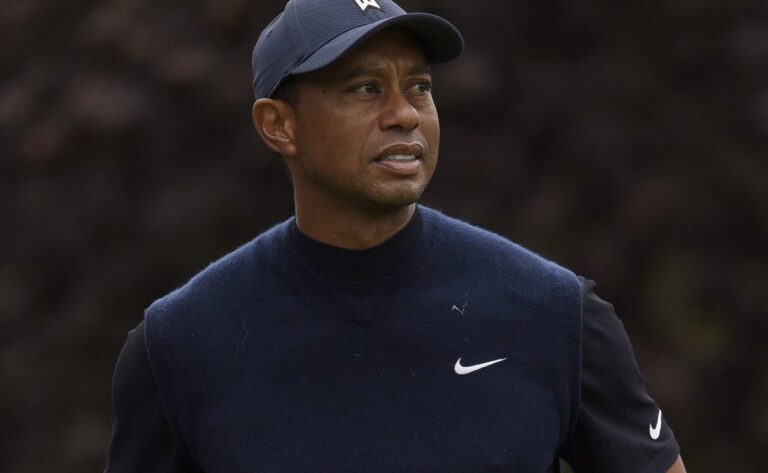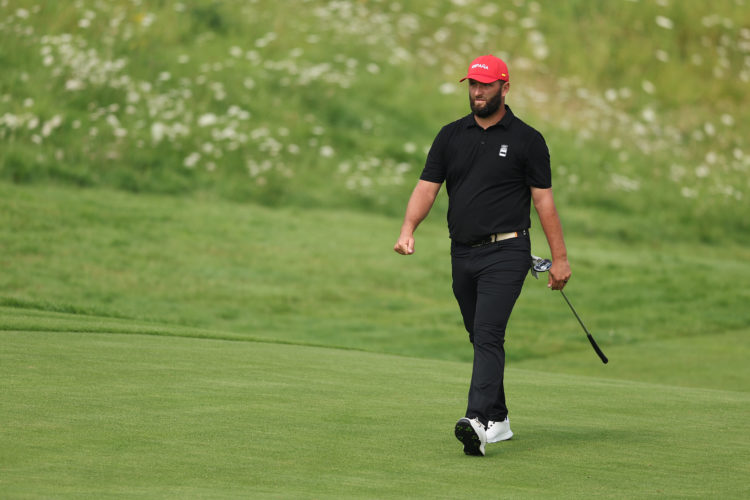The Olympics and LIV Golf: A Clash of Branding and National Identity
The Olympics and LIV Golf: A Clash of Branding and National Identity
In a fascinating turn of events at Le Golf National, the sight of LIV Golf professionals on the course has stirred up a mix of intrigue and compliance. Seven LIV Golf players are competing, but their once-prominent LIV branding is nowhere to be seen. This shift marks a significant departure from their previous appearances, especially during major tournaments. At the Royal Troon, Jon Rahm proudly displayed the Legion XIII logo on his shirt, a bold statement of allegiance to his LIV team. However, the Olympics impose stricter regulations, compelling athletes to forgo personal branding in favor of their national teams’ apparel.
Olympic Restrictions and Branding: A Closer Look
The International Olympic Committee (IOC) enforces stringent rules on athlete apparel to prevent what is known as “ambush marketing.” This practice involves companies using major events like the Olympics to indirectly promote their brands, creating a false association with the Games. As a result, athletes must adhere to strict guidelines, wearing only their national team’s branding and avoiding any personal or sponsor logos.
This rule extends to every aspect of an athlete’s attire. Even if players are wearing rival brands or sponsors, they must cover up logos with labels, stickers, or, in some cases, threadbare patches. Despite this, LIV golfers at Le Golf National have managed to adhere to these regulations in an unexpected way. Jon Rahm and his teammate David Puig, both prominent figures on the Saudi-backed LIV Golf circuit, are seen wearing identical jerseys, a subtle nod to their affiliation despite the restrictions.
The Apparel Shuffle: From Nike to Adidas and Beyond
The Olympic restrictions on personal branding have led to some curious apparel shifts among golfers. Rory McIlroy, a Nike athlete, is seen wearing Adidas gear, as the latter is the official sponsor for Team Ireland. Similarly, Scottie Scheffler, another Nike ambassador, is outfitted in J.Lindeberg apparel, while his teammate Xander Schauffele sports Descente gear, following his recent partnership with the brand.
On the flip side, Sweden’s Ludvig Åberg, who has recently joined the professional golf scene, must swap his Adidas gear for UNIQLO apparel, highlighting the unique constraints faced by athletes representing their nations.
LIV Golf’s Identity Crisis: Between Team Allegiance and National Representation
For LIV Golf players, the transition from showcasing their team jerseys at majors to conforming to Olympic standards represents a significant adjustment. During major tournaments, LIV golfers like Brooks Koepka and Bryson DeChambeau were seen in their team’s jerseys, a practice that drew both support and criticism from the golf community. The LIV golfers’ attire was not merely a fashion statement but a representation of their affiliation with the emerging league, seeking to gain recognition and respect from the traditional golf establishment.
Greg Norman, LIV Golf’s chairman, once envisioned a scenario where a major victory by a LIV golfer would be celebrated as a collective team triumph. This vision saw partial fulfillment with Koepka’s win at the 2023 PGA Championship and DeChambeau’s U.S. Open victory. However, despite these wins, there was no organized team celebration, and the practice of wearing team jerseys continued, becoming an expected norm rather than an exception.
A Historical Perspective: Augusta National and Beyond
The situation at Augusta National during the Masters Tournament offers an intriguing comparison. Last year, LIV golfers were under an informal agreement to wear unbranded apparel, an attempt to balance personal branding with the prestigious nature of the event. This year, however, there were no such directives from Augusta National Golf Club, allowing LIV team captains like Cameron Smith, Jon Rahm, and Bryson DeChambeau to sport LIV logos freely.
In contrast, the Olympics enforce a different standard. Here, athletes are required to prioritize national representation over personal or team affiliations, leading to the absence of LIV logos on the course. The shift highlights the unique challenges faced by LIV golfers, balancing their professional identities with the demands of international sporting events.
Conclusion: Navigating the Complex Landscape of Golf Branding
The ongoing saga of LIV Golf players navigating the complex landscape of branding and national representation underscores the intricate relationship between personal identity and professional allegiance. As athletes adapt to the IOC’s stringent rules and the shifting dynamics of major golf tournaments, the clash between personal and national identity continues to evolve. For now, LIV golfers at Le Golf National have embraced the challenge, donning their national team jerseys while sidelining their familiar LIV branding. The future will likely bring further developments in this ongoing narrative, as the world of golf continues to grapple with the intersections of sport, politics, and branding.





![Piotr Zieliński robi furorę na świecie. Magia. 2,3 mln wyświetleń [WIDEO]](https://dailynewsreel.com.ng/wp-content/uploads/2025/02/Screenshot_20250227-2306492.jpg)
